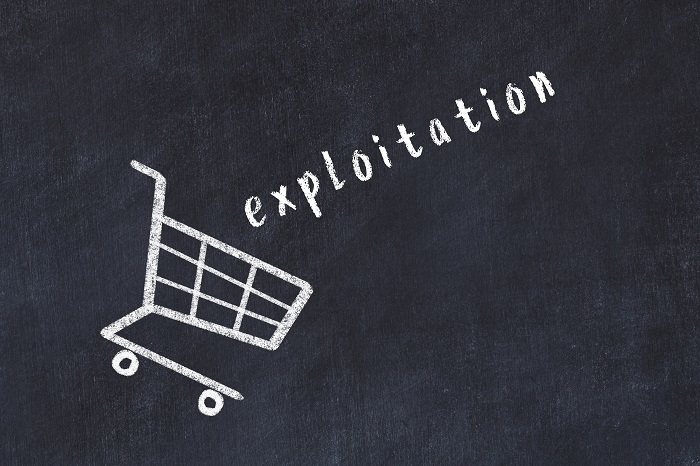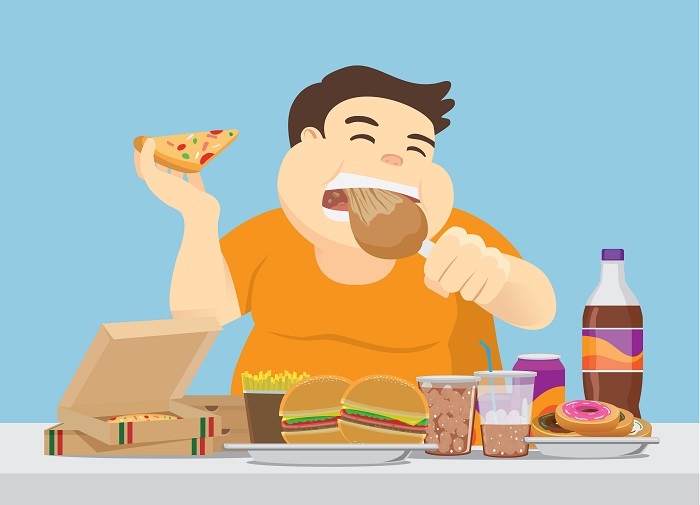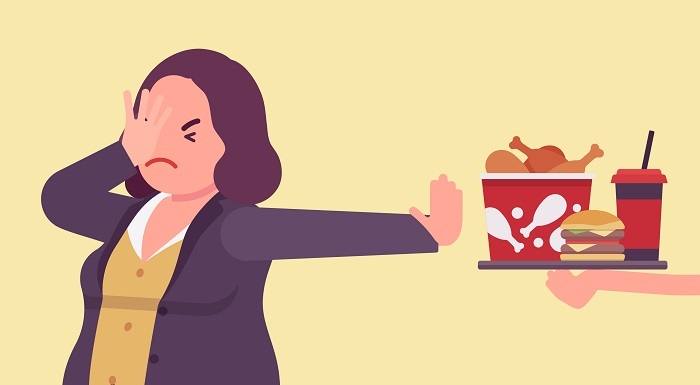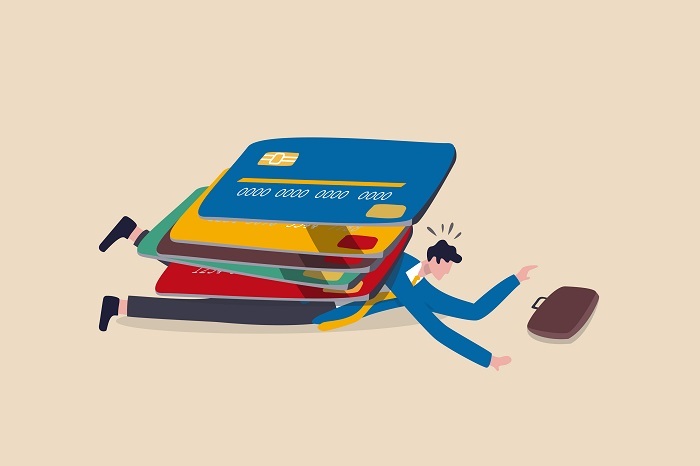
 Data Structure
Data Structure Networking
Networking RDBMS
RDBMS Operating System
Operating System Java
Java MS Excel
MS Excel iOS
iOS HTML
HTML CSS
CSS Android
Android Python
Python C Programming
C Programming C++
C++ C#
C# MongoDB
MongoDB MySQL
MySQL Javascript
Javascript PHP
PHP
- Selected Reading
- UPSC IAS Exams Notes
- Developer's Best Practices
- Questions and Answers
- Effective Resume Writing
- HR Interview Questions
- Computer Glossary
- Who is Who
How are Companies Exploiting Consumers Through Their Advertisements and Marketing Strategies?
It is always said that "advertising convinces people to spend money they don't have on goods they don't need." Companies need to advertise their products in order to sell them, but when we consider the same from society's and individuals' points of view, do consumers even need that many goods to survive? Advertisement is a way of exploiting children (the most vulnerable segment) and other consumers in order to ensure volume sales for them. Consumers develop many negative habits as a result of advertising.
In today's article, we will be diving deep into how the advertisement and marketing strategies of businesses are exploiting consumers, what steps the companies are taking to recover from the same, certain points that companies can keep in mind while developing their strategies, and some of the regulations in different countries regarding the exploitation of consumers.

Consumer Exploitation
We say that consumers are exploited by companies when the companies ?
Consumers regarding the benefits of certain products or services.
when companies exaggerate or hide the information as per their convenience.
When companies force consumers to buy products that they do not need through repetitive advertisements and promotional techniques.
When companies sell harmful goods to consumers and others.
Consumer Bad Habits Result of Constant Persuasive Advertising
Companies do not only target children, the uneducated segment, and oldies but consumers from all segments are victims of exploitation by companies. Some of the negative habits that consumers have developed because of different marketing strategies are ?

Encouraging Overeating
Companies are developing food that is low in nutritional content, has excessive sugar, and is super unhealthy. They are following the cardinal rule in processed foods, i.e., to add sugar whenever in doubt. The increased amount of sugar and taste increases consumer cravings.
Companies are also increasing the size of food products to increase consumption or are selling small food quantities in packages. In a survey, it was found that consumers eat more when they consume small quantities of goods that are available to them in a box. Sandwiches and candies are both placed in clear glass jars and packets to ensure greater consumption as compared to opaque jars or packets.
You would have witnessed that most of the coffee houses always have the aroma of coffee lingering around, and this is because the aroma ensures craving and hence sales for the companies. As a result of this overeating, according to the 2022 data from the United Nations International Children's Emergency Fund (UNICEF), the number of obese people in India is more than 27 million, which is 1 out of every 10 kids and one out of every three US adults who are obsessed.
Companies that are combating the obesity epidemic and some of their initiatives include ?
Kraft Foods ? the company began advertising sugar-free drinks and smaller cookie packages to children and discontinued advertising for some of its products entirely.
Macdonald's ? A company accused of selling junk fast food to customers took a step forward and began selling more salads to customers. Apples were introduced as a dessert in one of their means, but they were no longer advertised, and some of their supersized offerings were discontinued.
Countries' government measures to fight the problem of obesity, overweight, and other diseases are:
Mexico ? In July 2014, the government banned television advertisements of high-calorie foods, sodas, and junk food to children due to rising obesity and overweight among the country's citizens. It seems like a hard measure for the companies but an important one for the community.
Encourages Overspending

Companies encourage the habit of overspending among consumers to ensure sales for themselves, and some of the steps taken by companies in various industries to do so successfully are ?
In a study, it was found that consumers tend to become more hungry in a cold environment, so all the shopping malls and retail stores would always keep the temperature low.
Supermarkets would always shift their products or place two convenience complementary products on opposite ends to ensure that customers stayed longer and purchased more.

Banks give more credit limits to young adults, which encourages overspending on their end and gets them into credit rating and payback troubles.
Near to expiry products are kept on discount shelves near the golden arch (closest to the billing counter) so that consumers can indulge in impulsive buying.
As a response to the many countries educating their youth and children regarding financial planning from an early age, banks are reducing the promotional activities of credit cards.
Pharmaceutical Company Advertisements
In 1997, pharmaceutical companies were allowed to advertise themselves on television and other platforms. The consumers state that they were getting more information regarding the medicines through advertisements than their general physicians. With the internet, we are also seeing that there is a rash in the consumption of medicines, leading to a lot of side effects. As a result, steps must be taken to regulate the distribution and sale of medicines to consumers.
Misleading Labels
We also see that companies are using misleading labels to either exaggerate the benefits and nutritional content of the product or are hiding information as per their convenience. These misleading labels need to be detected and worked against in order to ensure consumers are not misled by the companies.
Countries are enacting stricter regulations under consumer protection acts to prevent companies from misleading and exploiting their customers and the general public.
Nestle's Maggi product ? Nestle's Maggi noodles were banned in India because the company's label misled consumers. The amount of lead added to the product was much higher than what was mentioned, which was also the root cause of many health-related diseases.
Companies are coming up with cause-related marketing to advertise their brands and their products and services in a subtle manner that will also result in a positive image of the company. Some of the prominent examples are ?
Whisper ? The brand is known for selling pads to ladies. The brand created the Drishti project to restore the sight of nearly 250 blind girls across the country. The company would donate Rs 1 for every pack of whisper sold to the project.
Proctor and Gamble ? The company is known for selling fast-moving consumer goods in India. Some of its renowned sub-brands are Tide, Airel, Pantene, Pampers, Gain, Fairy, Lenor, and others. The company hugely contributes to Child Rights and You (CRY) in India.
Tata Tea ? The brand came up with the campaign "Jago Re" to create awareness among Indian citizens regarding the voting procedure and assist them in registering themselves as voters and others.

The world is moving towards a holistic marketing approach in which companies take care not only of their profit but also of the development of the community and the needs of consumers. Companies have now understood that they can exploit the consumers once and ensure sales, but unless a relationship is built with the consumers, they are not going to be loyal to the company and its product and will switch their purchase at the earliest convenience. Exploitation is not the key to success, but creating a bond and caring for the community are.

